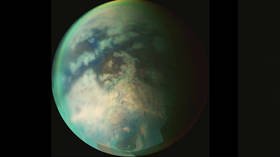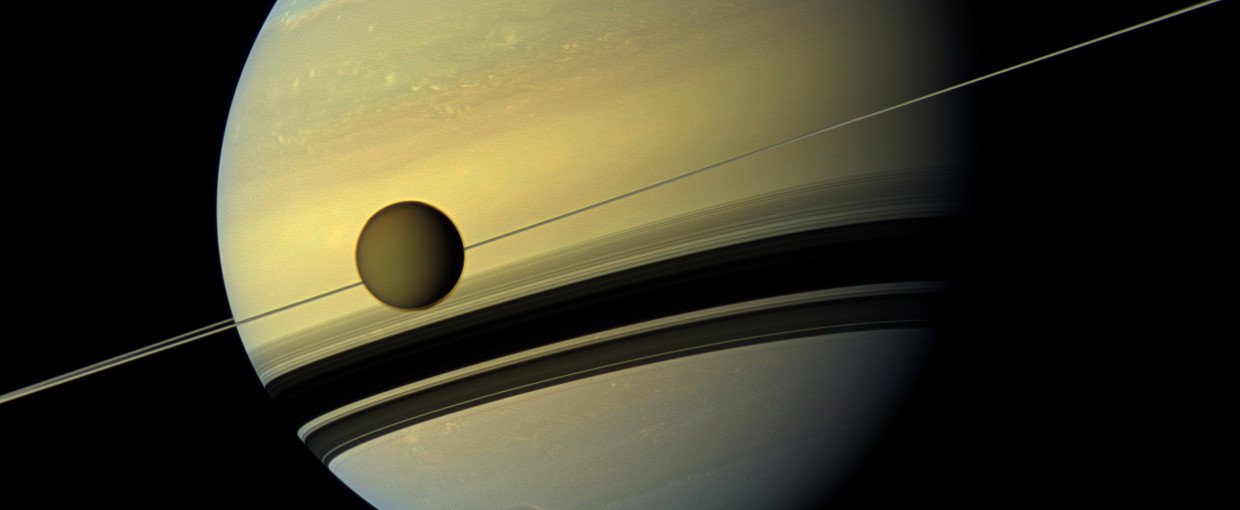‘Crazy, methane-based’ alien life could exist on Titan’s surface

A NASA planetary scientist tasked with discovering life in our solar system’s ‘Ocean Worlds’ has put forward the idea that a strange form of alien life lives on Titan, the Earth-like moon that revolves around Saturn.
Dr Amanda Hendrix, the co-lead of the NASA Roadmaps to Oceans World Group, said her program may represent the greatest chance of discovering alien life in our solar system, and she believes Titan could be their best shot.
“We need to understand whether these oceans are habitable and, if so, whether these oceans actually host life,” she told the Express.

Saturn’s moon is the second largest in the entire solar system and is home to surface liquid and dust storms. Hendrix claims that Titan’s conditions make it a strong contender for hosting life and, while she doesn’t believe there are “aliens with green heads swimming around in there,” the scientist said she does think the ocean worlds could harbor some “simple lifeforms.”
READ MORE: 'Summer is happening’: Scientists reveal key new insights into Saturn’s moon Titan
“Titan is a very unique ocean world because it has both an ocean at the subsurface and it also has liquid hydrocarbon lakes on the surface,” the scientist explained.
“So there could be some crazy form of methane-based life right there on Titan’s surface.”
Aside from Titan, there are at least two more worlds that could play host to a form of life. These other contenders are Enceladus, the sixth-largest moon of Saturn, and Europa, the smallest of the four Galilean moons orbiting Jupiter.
Even if an alien lifeform isn’t discovered while exploring the distant planets, Hendrix claims a lot can be learned from visiting these worlds. “Each of these places in our solar system is another clue about how bodies in our solar system formed and evolved,” she said.
Also on rt.com Virgin Galactic takes first human passenger into space (VIDEOS)Hendrix says NASA is currently deciding between two possible exploratory missions to study the icy worlds. One, named Dragonfly, proposes dropping a lander on Titan to investigate its surface. The other, named CAESAR (Comet Astrobiology Exploration SAmple Return) aims to take samples of ice from known comets.
“I believe the decision about which will run will be made later this year. One of these missions will happen sooner rather than later, which is very exciting.”
Like this story? Share it with a friend!














